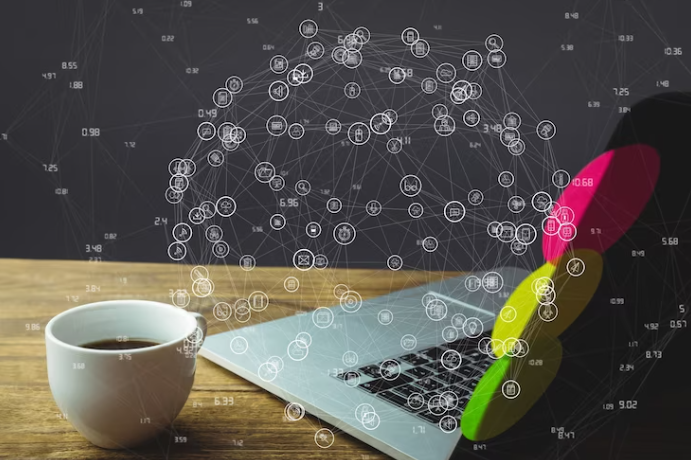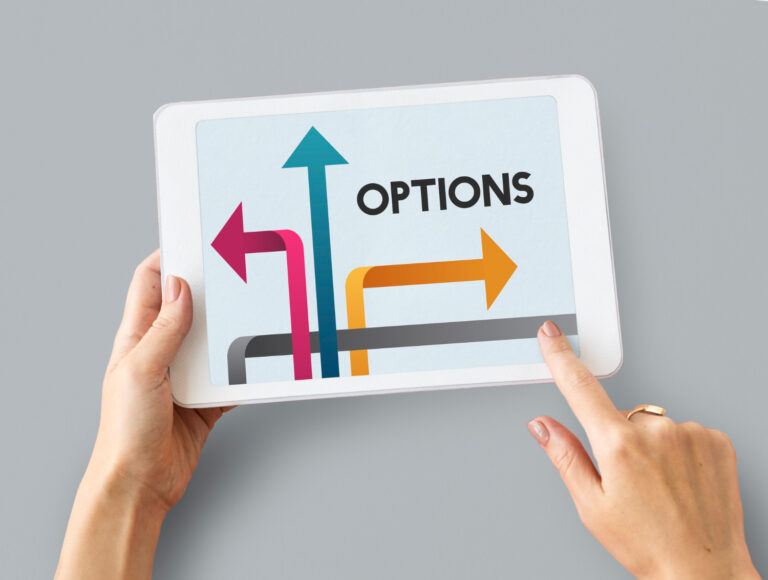It is crucial to realize that building a website involves more than simply aesthetics and performance in the modern digital age where websites are a key component of every organization. User experiences are heavily shaped by emotions, which have a big influence on how people see and utilize websites. Evoking particular emotions via the use of design components is a strategy known as emotional design that aims to establish a stronger connection with people. The significance of emotional design in website content and user experience will be discussed in this article, along with how it may improve customer engagement and loyalty, which will eventually lead to company success.
Understanding Emotional Design
Emotional design is a design approach that seeks to evoke specific emotions and responses from users. It was popularized by Don Norman, a cognitive scientist and user experience expert. According to Norman, emotions have a profound effect on our decision-making process, and by tapping into those emotions, designers can create more memorable and satisfying experiences for users.
The Three Levels of Emotional Design
Emotional design is often categorized into three levels:
- Visceral Design: This level deals with the initial, instinctive reactions users have to a website’s appearance. It involves the visual appeal, colors, typography, and overall aesthetics that create an immediate impression. A well-crafted visceral design can capture the attention of users and entice them to explore further.
- Behavioral Design: The second level focuses on usability and functionality. It aims to create an experience that is intuitive and effortless for users, leading to positive emotions related to efficiency and ease of use. A website that is easy to navigate and provides a seamless user journey can evoke positive behavioral responses.
- Reflective Design: At this level, emotional design aims to leave a lasting impact on users by making the experience memorable and meaningful. Reflective design considers the emotional resonance a website creates and how it aligns with the values, aspirations, and identity of the users. Positive emotions tied to a website can foster loyalty and encourage return visits.
Emotional Design in Website Content
- Storytelling: Incorporating storytelling elements into website content can create a strong emotional connection with users. People relate to narratives, and by presenting the brand’s story or showcasing real-life user experiences, a website can evoke empathy, trust, and engagement.
- Visuals and Imagery: High-quality images, videos, and graphics can evoke emotions more effectively than plain text. Carefully selected visuals can evoke happiness, nostalgia, excitement, or trust, depending on the context.
- Tone and Language: The language used in website content can significantly impact user emotions. Using a warm, friendly tone can make users feel welcome, while personalized language can foster a sense of belonging.
- Calls-to-Action (CTAs): The design and language of CTAs can influence user behavior and emotions. Using action-oriented and emotionally charged CTAs can encourage users to take desired actions, such as signing up for a service or making a purchase.
Emotional Design and User Experience
- Enhanced Engagement: Emotionally engaging websites can capture and hold users’ attention for longer periods. When users feel connected to a website, they are more likely to explore its content, leading to increased engagement metrics.
- Brand Loyalty: Emotionally satisfying experiences can create a strong bond between users and a brand. Satisfied users are more likely to return, become repeat customers, and recommend the website to others, fostering brand loyalty.
- Increased Conversions: Emotions play a crucial role in decision-making. When users have positive emotional experiences on a website, they are more likely to convert, whether it’s making a purchase, filling out a form, or subscribing to a newsletter.
- Word-of-Mouth Marketing: Delighted users are more inclined to share their positive experiences with others. Word-of-mouth marketing, especially in the age of social media, can significantly impact a website’s reach and reputation.
Understanding User Personas
To effectively implement emotional design, it’s crucial to understand the target audience and create user personas. Different demographics and user segments may respond to various emotions differently. For instance, a website catering to a young and adventurous audience might evoke excitement and enthusiasm, while a website targeting a more mature and serious demographic might focus on instilling trust and reliability.
Empathy in Design
Emotional design thrives on empathy. Designers must empathize with the users’ needs, desires, and pain points to create experiences that resonate with them emotionally. Conducting user research, surveys, and usability tests can provide valuable insights into what emotions are most relevant to the target audience.
Consistency in Branding
Consistency in emotional design across all touchpoints is essential for brand recognition and building trust. The emotions evoked through the website should align with the overall brand personality and messaging. Consistency in colors, fonts, tone, and imagery reinforces the emotional connection users have with the brand.
Microinteractions and Feedback
Microinteractions refer to subtle animations or responses triggered by user actions. These small interactions can make a big impact on user emotions by providing immediate feedback and creating a sense of responsiveness. For example, a heart animation popping up when a user clicks the “Like” button can evoke feelings of affirmation and pleasure.
Emotional Onboarding
The onboarding process is an excellent opportunity to establish an emotional connection with new users. By creating a welcoming and supportive onboarding experience, users are more likely to feel valued and motivated to continue using the website.
Anticipation and Surprise
Emotional design can leverage the power of anticipation and surprise to keep users engaged. Anticipatory design involves predicting users’ needs and providing them with solutions proactively. On the other hand, well-placed surprises, like hidden Easter eggs or delightful animations, can evoke joy and excitement.
Accessibility and Inclusivity
Emotional design should also consider accessibility and inclusivity factors. Websites that are accessible to all users, including those with disabilities, demonstrate empathy and consideration for a diverse audience. By ensuring everyone can engage emotionally with the website, businesses can strengthen their brand reputation.
Emotional Prototyping and Testing
Designers can use emotional prototyping techniques to gauge user reactions to various design elements. Emotional testing involves observing users as they interact with a prototype and collecting feedback on their emotional responses. These insights can inform design decisions and help refine the emotional aspects of the website.
Emotional design is a potent tool for engaging consumers on a deeper level in website content and user experience. Businesses may build good connections with their brand, encourage loyalty, and promote meaningful relationships by appealing to consumers emotions. A combination of creativity, empathy, and user-centricity are all necessary components of the multifaceted approach known as emotional design. Adopting emotive design can be the secret to forging enduring connections with their audience and achieving success as firms try to stand out in a crowded digital space.






